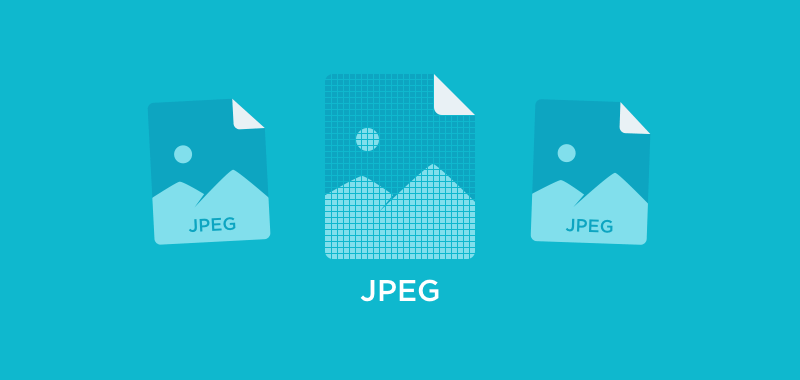

uses PNGQuant, JPEGOptim, and OptiPNG libraries in their tool. The only limitation is that your image has to be below 5 MB in size.

It supports PNG, JPG, GIF, BMP, and TIF images for free. Now let’s look at some popular image compressing plugins that you can use right from your WordPress dashboard.Īnother popular image compressing plugin that works not only with WordPress but also with Drupal, PestaShop, and Magento along with other CMS and tools.Īccording to its stats, has optimised over 3 billion images since 2015. I can’t verify this claim and you better not upload images you consider private.Īll three tools mentioned above work either on your computer or offer a web interface.

Images uploaded to Optimizilla are said to be deleted after 30 minutes.
IMAGE OPTIMISER FOR MAC ZIP
Once images are uploaded, you can click individual thumbnails to set final quality.Īfter the compression is finished, click Download All to get your compressed images in one handy zip file. To use Optimizilla, head over to its website where you can upload up to 20 images at the same time. It works with JPG and PNG images and promises to shrink them to the minimum possible size while keeping the quality. You can use Optimizilla which is an online image optimizer that can be used right from your web browser.Īccording to its website, Optimizilla uses a smart combination of the best optimisation and lossy compression algorithms. Some of these tools are Mac/PC apps while others work right from your WordPress dashboard.ĭon’t wish to download any app on your Mac or PC? Fine.
IMAGE OPTIMISER FOR MAC FREE
In this article, I want to share some free image compression tools that will help you optimise images for your blog. There are many tools out there that can do the job. Images with reduced file size load faster and lead to better engagement from your audience. These tools ‘compress’ your images and reduces their file size without a noticeable change in their quality. This is where image compression tools come to your rescue. What you can do, however, is to pay more attention to their size. You can’t really reduce the number of images because they play an important role in your articles. And if you run an image-heavy blog – say a travel, food, photography, or fashion blog, you know that images take a lot of space and eventually lead to slower load times. The speed of your blog has a lot to do with your search engine ranking, the number of visitors, bounce rate, and ultimately your earnings.


 0 kommentar(er)
0 kommentar(er)
